Stećak (Stechak)
Medieval tombstones tell the story of Bosnia...
Stećak (Stechak)
Stećak (stechak) is the name for monumental medieval tombstones that lie scattered across Bosnia & Herzegovina, and the border parts of Croatia, Montenegro and Serbia. An estimated 60,000 are found within the borders of modern Bosnia & Herzegovina at more than 3,300 sites. Appearing in the mid 12th century, with the first phase in the 13th century, the tombstones reached their peak in the 14th and 15th century, before disappearing during the Ottoman rule in the very early 16th century.
Learn about Cultural Tourism in Bosnia and Herzegovina. Learn about History in Bosnia and Herzegovina.
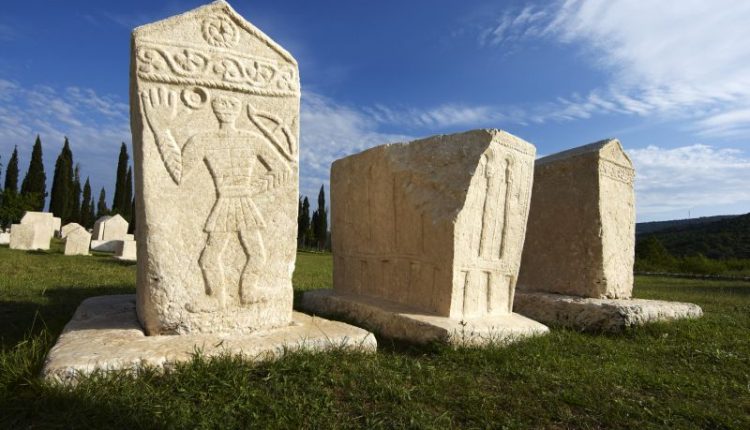
The epitaphs on them are mostly written in extinct Bosnian Cyrillic alphabet. They are mostly brazen reminders of wisdom and mortality, relay a dread of death, more anxiety than peace. Their most remarkable feature is their decorative motifs, many of which remain enigmatic to this day; spirals, arcades, rosettes, vine leaves and grapes, lilium, stars and crescent moons are among the images that appear. Figural motifs include processions of deer, horse, dancing the kolo (traditional group dance), hunting, chivalric tournaments, and, most famously, the image of the man with his right hand raised, perhaps in a gesture of fealty.

The one of largest collection of these tombstones is named Radimlja, west of Stolac. Stećaks was inscribed as a UNESCO World Heritage Site in 2016. It includes 30 necropolis – of which 22 from Bosnia & Herzegovina.
Medieval tombstones tell the story of Bosnia…



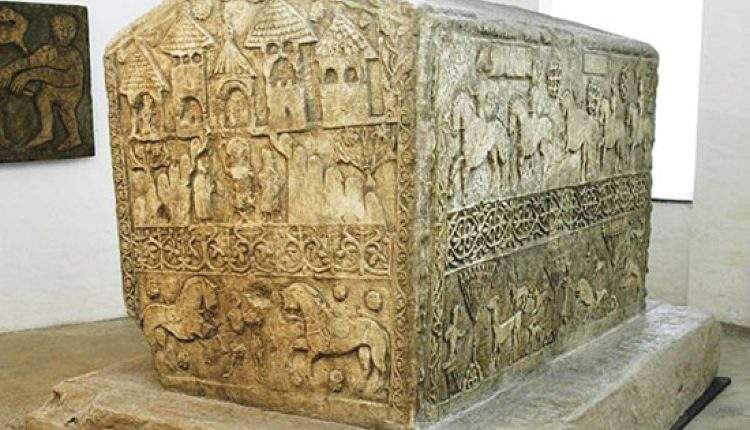
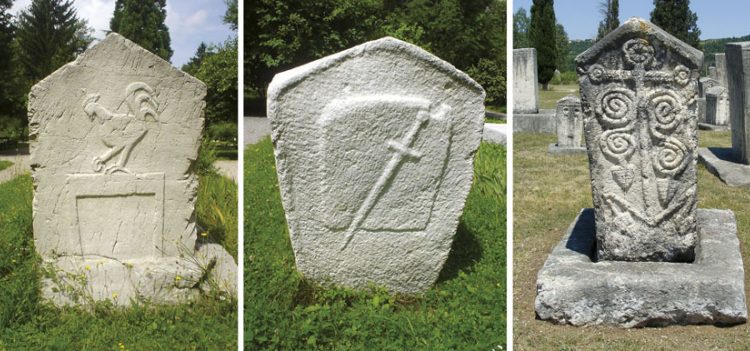
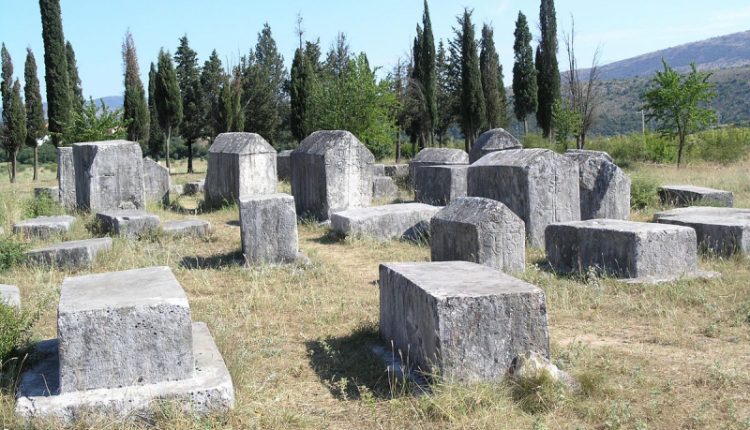
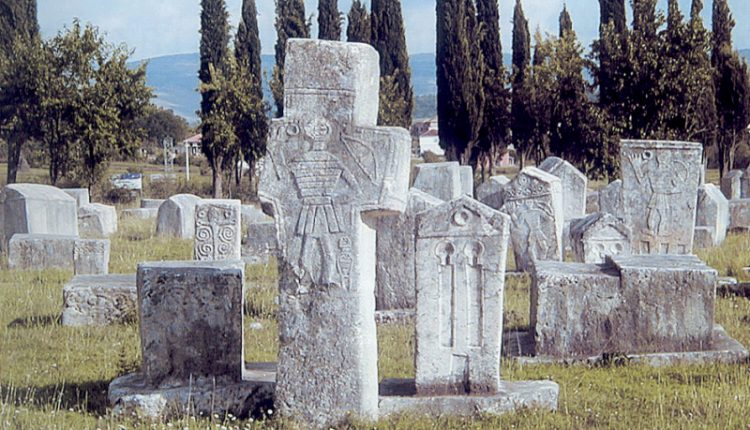
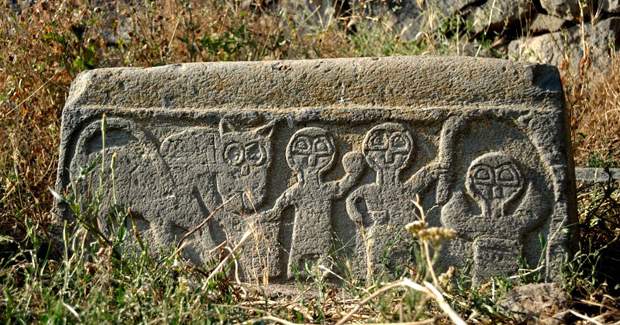
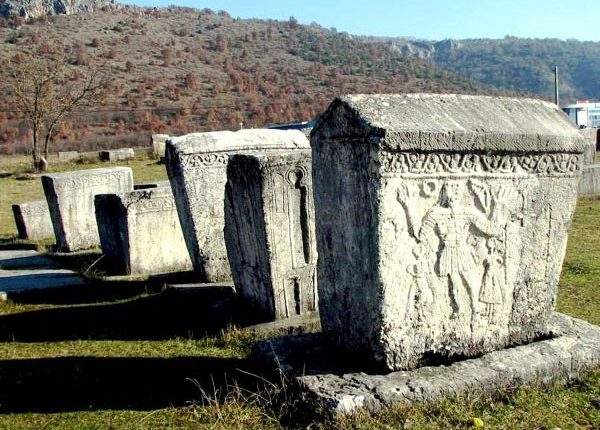
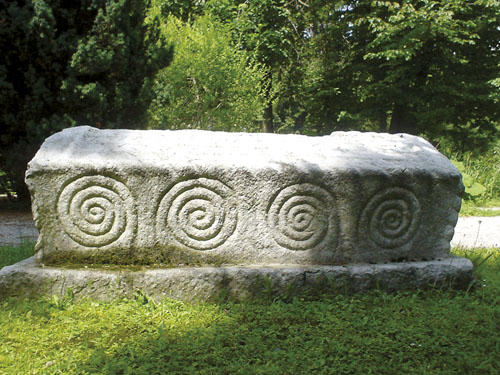
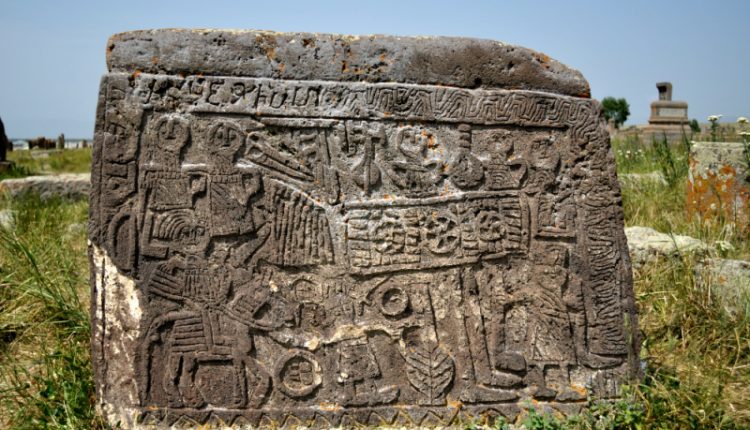
Comments are closed.